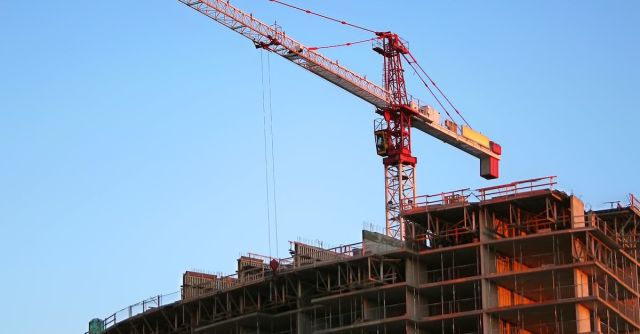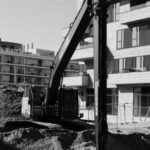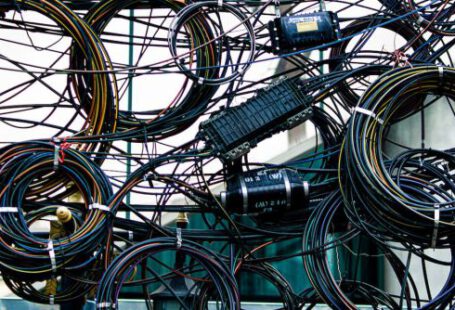Crane safety is of utmost importance on any construction site. Cranes are used to lift and move heavy objects, and any malfunction or accident could lead to severe injury or death. To ensure crane safety on your construction site, the following steps should be taken:
Ensure Proper Maintenance
To ensure crane safety, proper maintenance should be conducted on a regular basis. This includes inspecting the crane for any signs of wear and tear, checking that all parts are functioning properly, and testing the brakes and other safety devices. The crane should also be regularly serviced by a certified technician. Additionally, the crane should be kept clean and free of any debris or obstructions that could interfere with its operation.
Proper Training and Certification
In order to ensure the safe operation of a crane, it is essential that the operator is properly trained and certified. All operators must be trained in the safe operation of the crane, as well as the safety regulations and procedures for the particular crane. Additionally, operators must be trained on how to respond to any potential emergency situations. Operators must also be certified by a recognized authority, such as the Occupational Safety and Health Administration (OSHA).
Adequate Supervision
Adequate supervision is also essential for ensuring crane safety. All operators should be supervised by a certified supervisor to ensure that they are operating the crane safely and following all safety regulations and procedures. Additionally, the supervisor should be present at all times while the crane is in use.
Safe Working Practices
All operators should follow safe working practices when operating the crane. This includes wearing the appropriate protective gear, such as hard hats, safety glasses, and steel-toed boots. Operators should also be aware of their surroundings and ensure that the crane is not overloaded. In addition, operators should be aware of any potential hazards and take steps to avoid them.
Auditing
Regular auditing should also be conducted to ensure that all safety regulations and procedures are being followed. Audits should be conducted by a certified auditor, who should inspect the crane and check that all safety regulations and procedures are being followed. Additionally, the auditor should also review any incident reports and take appropriate action to prevent similar incidents from occurring in the future.
Conclusion
Crane safety is of utmost importance on any construction site. To ensure crane safety, proper maintenance, training and certification, adequate supervision, safe working practices, and regular auditing should all be conducted. By following these steps, crane safety on your construction site can be ensured and accidents and injuries avoided.






